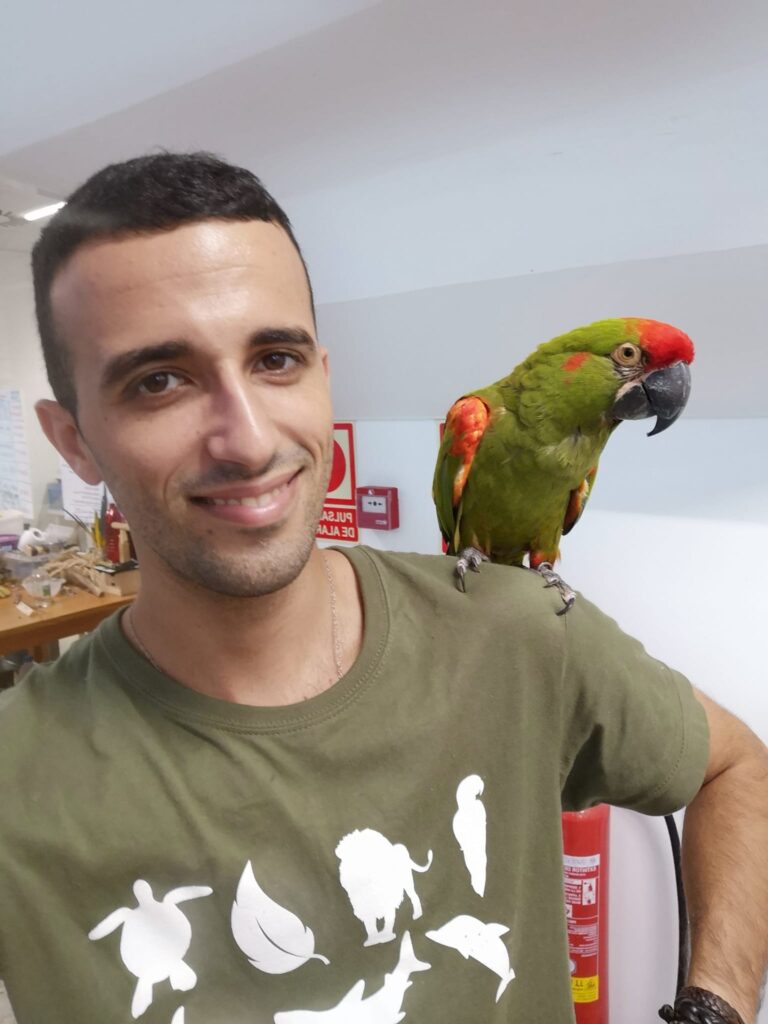Background

Cooperation can be defined as an interaction between two or more individuals that work together for the same end. One of the most commonly used paradigms when testing cooperation is the loose-string task. To solve this task two individuals need to pull the ends of the same string simultaneously to bring a platform with a food reward within reach. A wide variety of species has shown that they are able to coordinate with a partner to succeed. However, from all birds studied just the peach-fronted conures and keas have demonstrated that they are capable of coordinating with their partners to succeed in delayed cooperative tasks, when one bird needed to wait for the arrival of the second bird. Both of these species face similar challenges in their respective environments such as indigestibility of diet or extreme climatic conditions, so they have complex social groups that facilitate the foraging process. However, the only macaw species (blue-throated macaw) studied so far lives in lowland savanna-forest and does not have to deal with these problems. The blue-throated macaws cooperate but fail to wait for their partners, demonstrating no understanding of the mechanisms of cooperative behaviour. Therefore, it would be interesting to investigate another species of macaw with different ecological constraints to see how socio-ecology may affect cooperative skills.
Aims
The aim of the study is to assess cooperation in red-fronted macaws and if their affiliation influences their success using the loose-string task. To reach this aim, the study tries to answer three questions:
1. Are the red-fronted macaws able to succeed in the loose-string task?
2. Does affiliation influence their success?
3. Do they vocalize during visually isolated conditions?